The Potato Festival in Japan: Jaga Matsuri’s Spud Dances beneath Mount Yōtei
Shared Delicacies of Poland and Hokkaidō
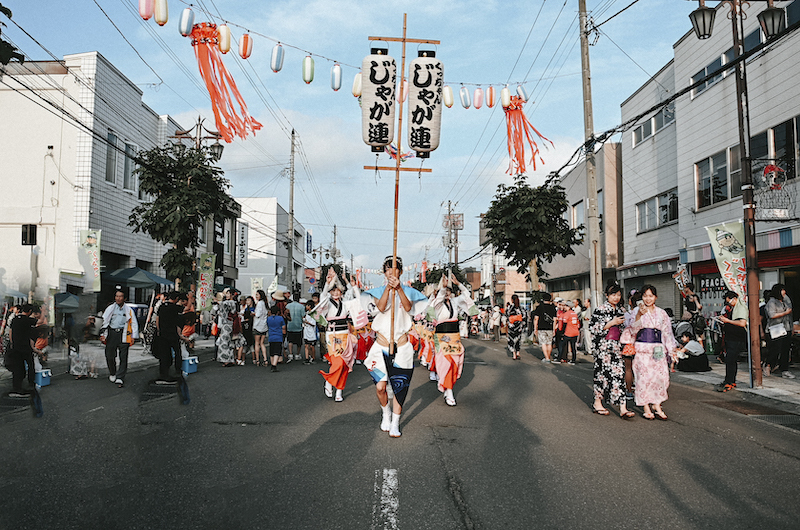
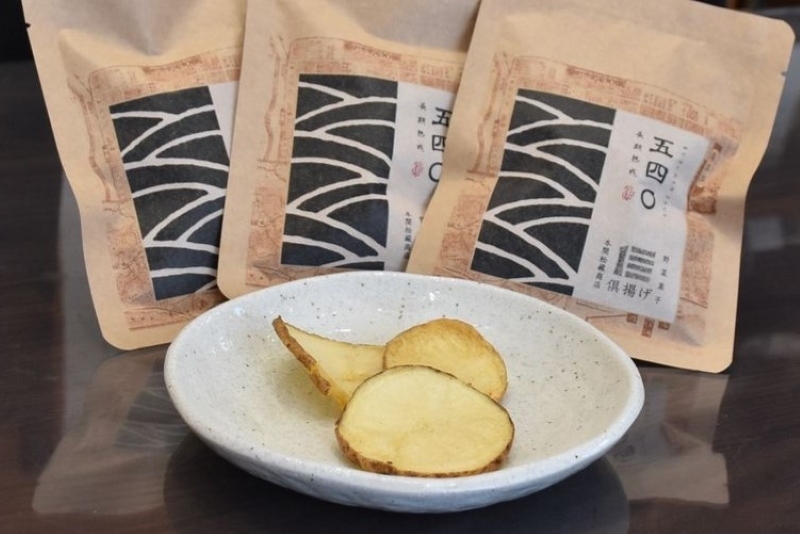
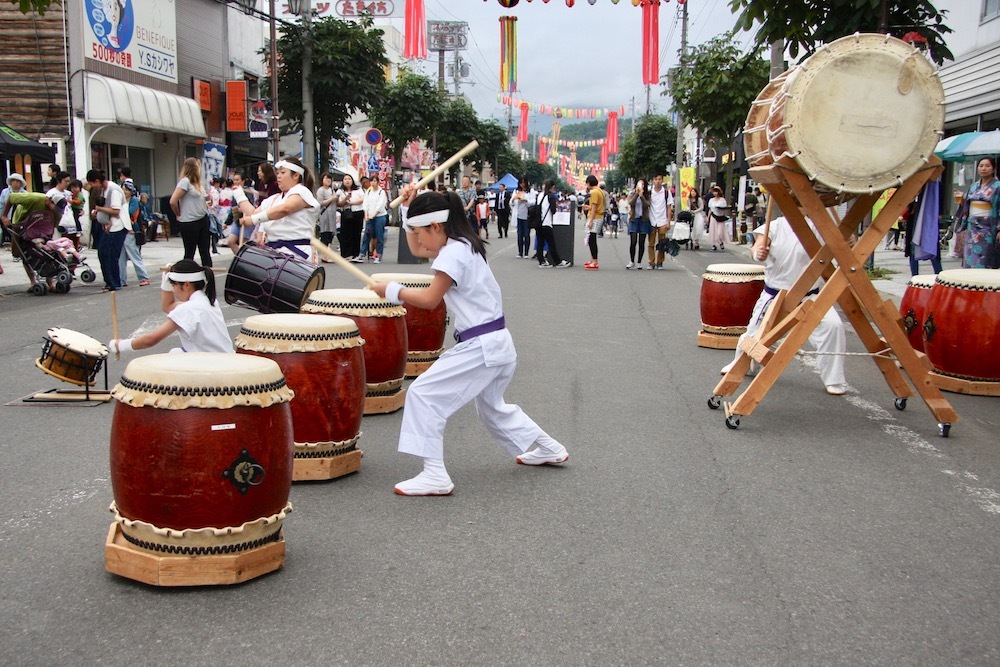
What does Jagamatsuri mean?
Etymology, kanji, and linguistic tidbits
Let’s start with the question every linguistic sleuth asks: what exactly does “Kutchan Jaga Matsuri” mean? It sounds cheerful and potato-laden, but let us examine the word with the microscopic precision of a linguist – breaking it down into three components: くっちゃん・じゃが・祭り.
 くっちゃん – Kutchan, or a valley like a pipe
くっちゃん – Kutchan, or a valley like a pipe
First up is くっちゃん (Kutchan) – the name of the town where the festival takes place. Though it is currently written in kanji as 倶知安, which could be interpreted as something like “shared peaceful understanding,” these characters are purely phonetic decoration. Their meaning is secondary, even misleading – a classic case of ateji, the Japanese custom of assigning kanji based on sound rather than meaning.
The true roots of the name Kutchan lie in the Ainu language – that of the indigenous people of Hokkaidō. The word クシャニ (kushani) means “a place where water flows out of something resembling a pipe” or, more poetically, “a gushing outlet like from a little tube.” It likely referred to the way the river squeezes through narrow valleys and channels – a geographic metaphor common in Ainu toponymy.
So: くっちゃん = Kutchan = kushani = a watery pipe with a view of potatoes.
Long live geolinguistics.
 じゃが – the potato in its abbreviated and tropical form
じゃが – the potato in its abbreviated and tropical form
Part two – じゃが (jaga) – is nothing more than a shortened form of the word じゃがいも (jagaimo), which means “potato.” But that’s just the beginning of this potato story. Let’s start at the end: いも (imo / 芋) is the general Japanese word for “tuber” or “edible root.” It has its own proper kanji: 芋, made up of: 艹 – the plant radical (meaning “grass,” “leaf,” “green”), and 于, the phonetic component, which gives it sound (though nowadays rarely used alone). The character 芋 also appears in words like さつまいも (satsumaimo) – sweet potato, or ながいも (nagaimo) – long potato, i.e. yam.
But what about じゃが? That’s not a native Japanese word. In fact, it comes from ジャガタライモ (jagataraimo) – the “potato from Jakarta”! During the Edo period, potatoes reached Japan from Southeast Asia via Portuguese and Dutch trade routes, specifically through Batavia (modern-day Jakarta). Japan, closed off from the world at the time, accepted limited goods through the port of Nagasaki – and the potato, as an exotic novelty, was tagged as a “Jakarta root.”
Over time, the long jagataraimo was shortened to jagaimo, and from there it was a short step to the sweet, handy jaga (じゃが).
 祭り – a festival that connects people with gods (and with tubers)
祭り – a festival that connects people with gods (and with tubers)
Finally, we arrive at the last part – 祭り (matsuri). It’s a word that Japanese people (and all anime lovers) intuitively understand – as a festival, holiday, street event. But it’s worth taking a look at its kanji: 祭.
This character consists of two key components:
– 示 (the radical meaning “altar,” “offering,” “divinity”) – often seen in characters related to religion, ritual, and spirituality (e.g., 神 – god, 社 – Shintō shrine).
– 又 – a symbol of the hand or repetition, but also of active presence, action.
Thus, 祭 means “an act toward the divine,” “a sacrificial ritual,” “a celebration that connects people and kami.” Indeed, original matsuri had a purely religious character, tied to local Shintō traditions and harvest thanksgiving rites. Over time, the sacred blended with the festive – parades, dances, food, stalls, and contests emerged. Today, matsuri is both prayer and popcorn. Both dance and spirituality. Both korokke and contemplation.
So what does Kutchan Jagataraimo Matsuri (“くっちゃんじゃが祭り”) mean?
Literally:
“Potato Festival in Kutchan,”
And “poetically”:
“A celebration of gratitude for the tuber from Jakarta in the place where water flows like through a pipe.”
Not bad for three humble components, right?
In the Shadow of Mount Yōtei
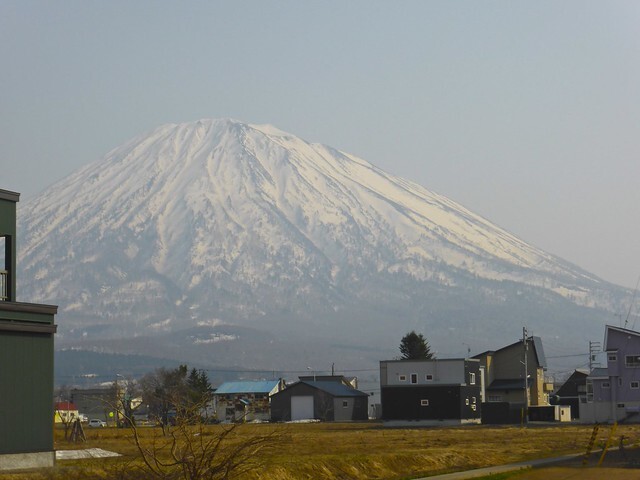
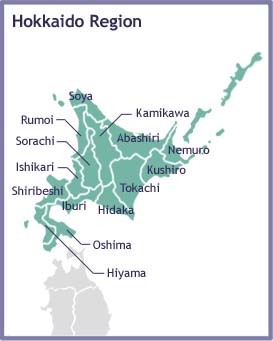
It’s no wonder then that here, potatoes are not just vegetables – they are part of the identity. In Kutchan’s agriculture, nearly half of all production is dedicated to potatoes – especially varieties such as:
– Danshaku Imo (男爵いも) – the “baron potato,” a king of the classics, starchy and aromatic, perfect for purée and korokke,
– Kita Akari (きたあかり) – literally “northern light,” a potato with a deep flavor, slightly sweet, ideal for salads and steaming,
– Tōya (とうや) – milder, velvety in texture, less distinctive in aroma, but favored by chefs for its versatility.
These are no ordinary spuds – they are heroes of the local economy and cuisine, each with their own personality, uses, and… faces. Literally.
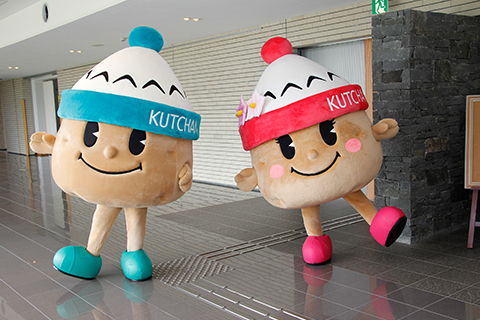
Kutchan is thus a place where the potato is not merely a side dish – it is a source of pride, a symbol of economic resilience, the reason for a celebration, and a cultural emblem. All this, at the foot of one of the most beautiful mountains in Japan. It’s hard to imagine a better backdrop for dancing people and steaming pots.
Potato Roots: The History of the Festival
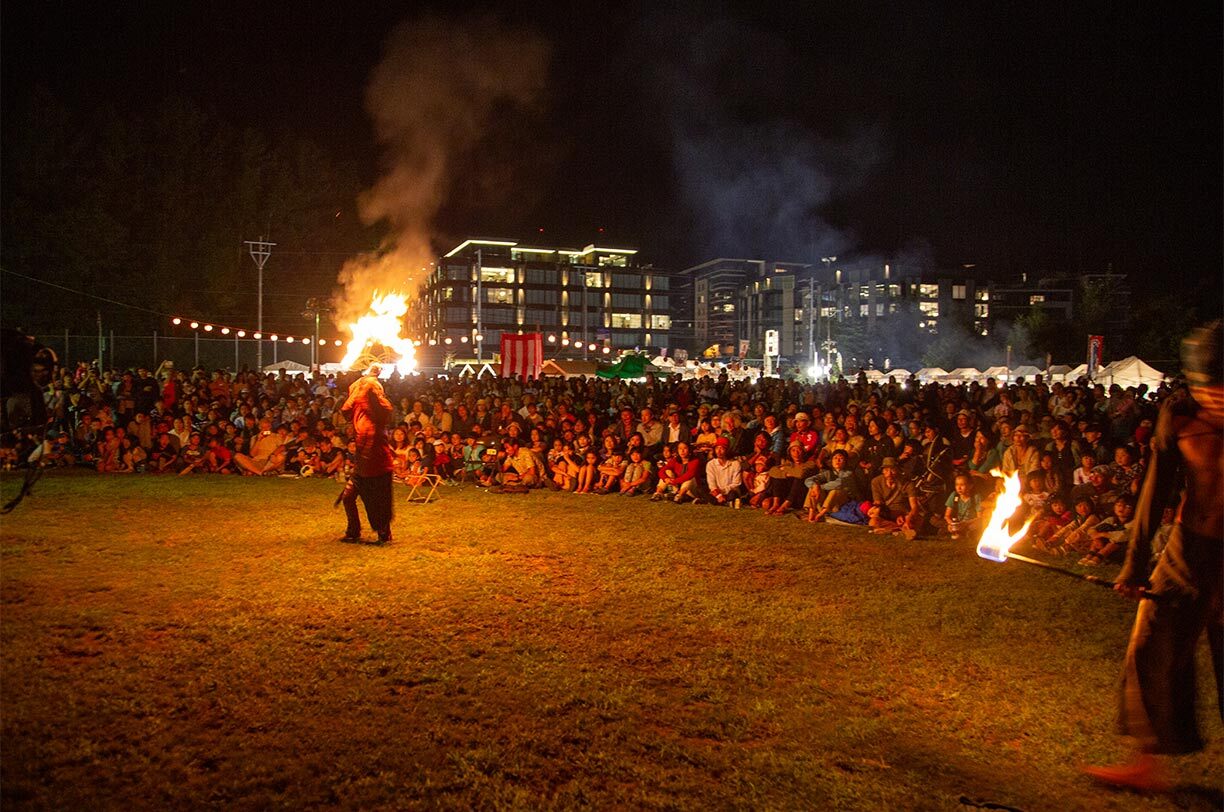
After the war, the festival went through various transformations – in the 1960s and 70s, it briefly appeared under the name 羊蹄火まつり (Yōtei Hi Matsuri) – “Fire Festival at the Foot of Yōtei.” It sounded proud and spectacular, but the potato – true to its nature – prefers the concrete to the dramatic, a warm atmosphere over pomp. The townspeople decided to focus on what truly united them – shared land, shared effort, and shared supper. And so in 1976, the Kutchan Jagamatsuri (くっちゃんじゃが祭り) – the “Potato Festival of Kutchan” – was officially born.
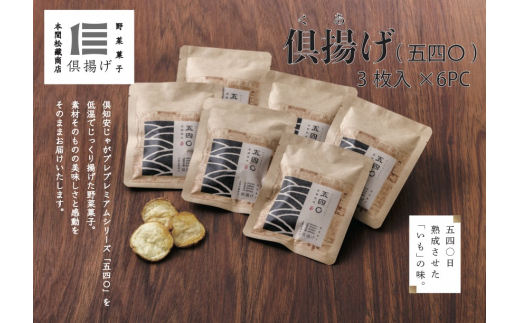
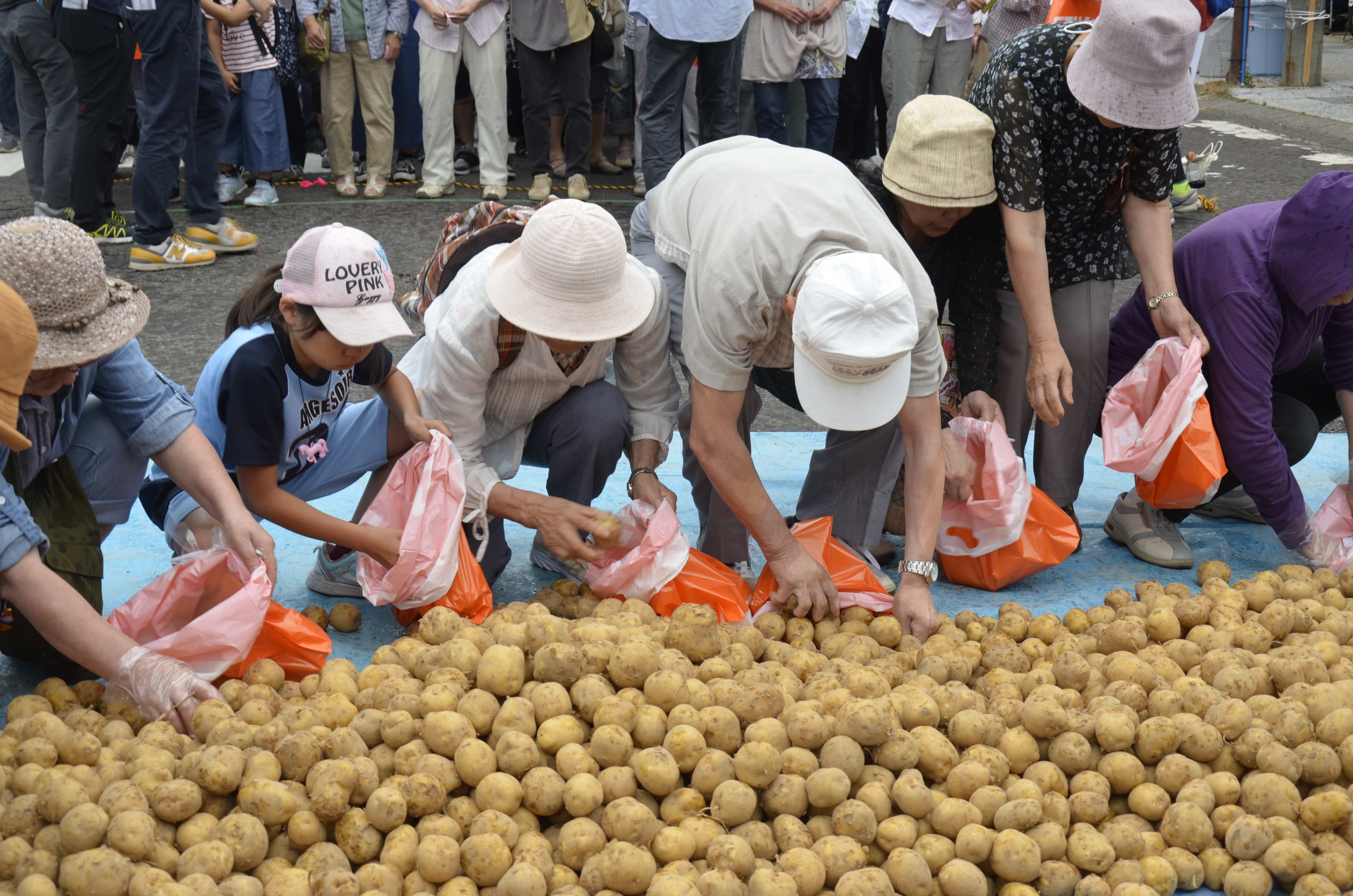
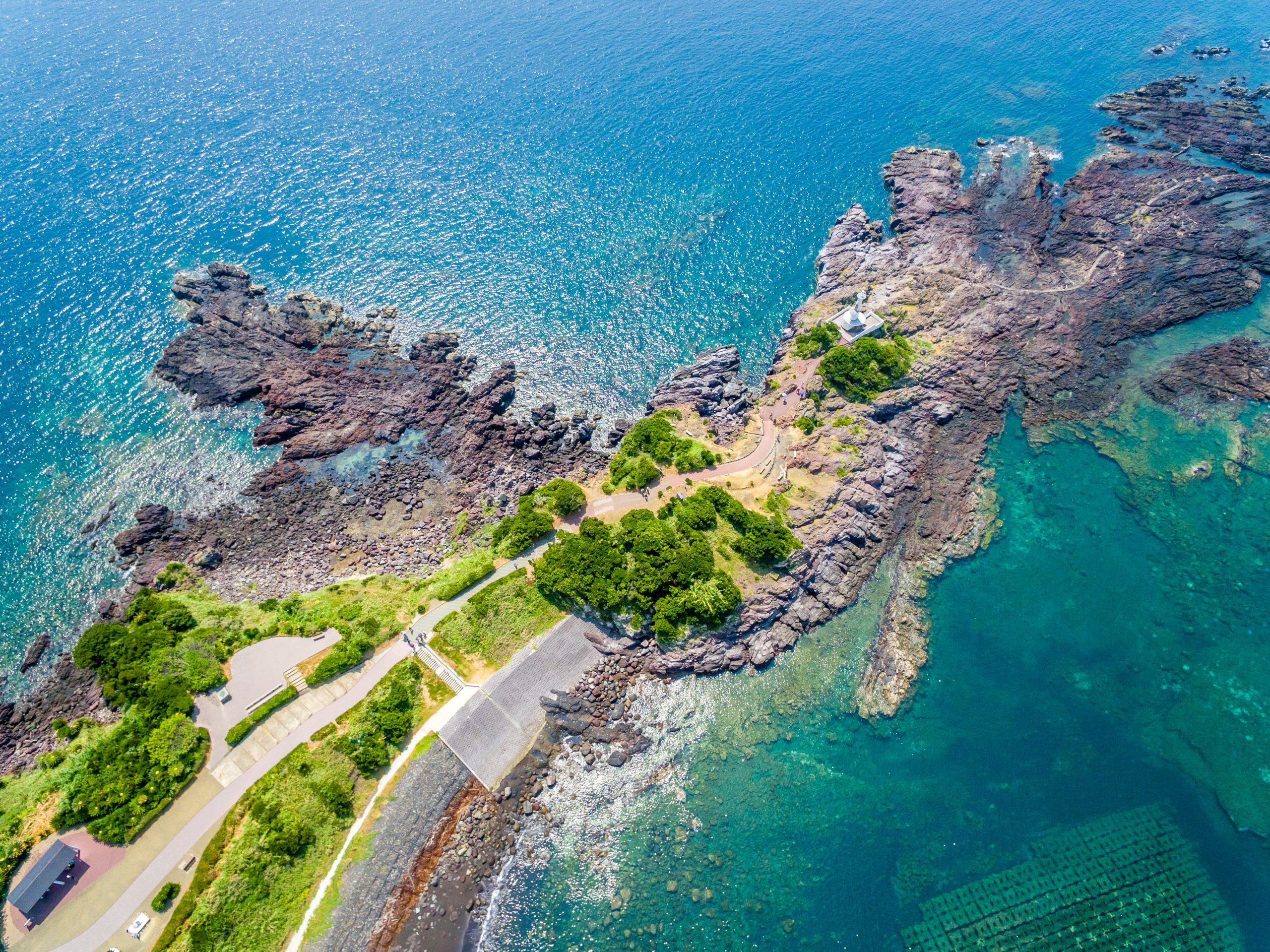
Two Days of Festivities – What Does Jagamatsuri Look Like Today?
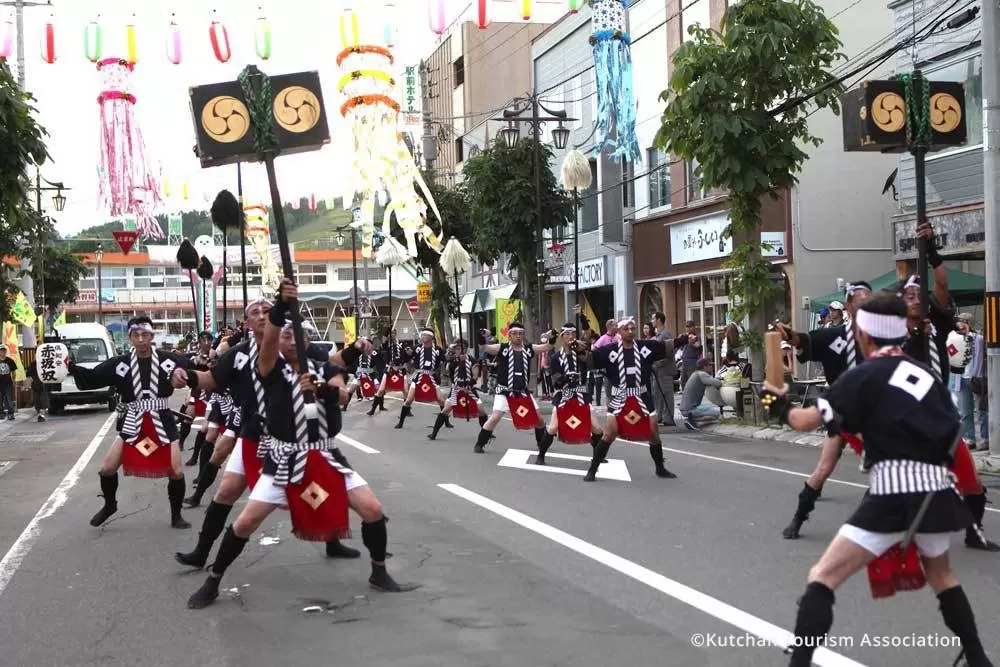
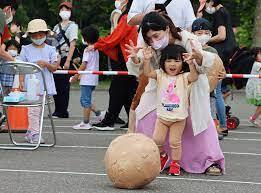
Beyond the potato delicacies, the usual festival favorites also make an appearance: aromatic yakisoba, steaming takoyaki octopus balls, and rainbow-colored syrup-drenched kakigōri shaved ice – the ultimate refreshment on a summer day.
B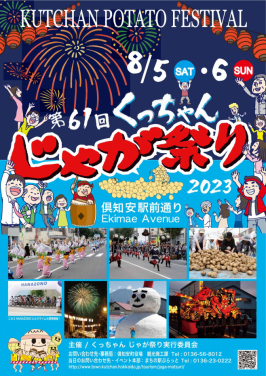
Colorful parades roll through the streets, the most recognizable of which is the Jaga Odori (じゃが踊り) – the Potato Dance. The choreography is simple, easy to learn, and deliberately designed so that anyone – regardless of age or ability – can join in. On Saturday evening, the Jaga Sen'nin Odori (じゃが千人踊り), or “Dance of a Thousand People,” takes place. Participants in matsuri costumes, children from local schools, elderly residents, tourists, and even the mayor sway to the rhythm of a local melody, forming a massive serpent of joy and togetherness.
Another spectacular highlight is the Jaga Nebuta (じゃがねぶた) – colorful floats reminiscent of the famous Nebuta Festival in Aomori. Instead of mythological or legendary warriors, here appear… potatoes with faces, the mascots “Jaga Tarō” and “Jaga-ko-chan,” animated scenes from the life of a farmer – all illuminated from within by lanterns and pulled by singing groups of children and adults.
On the main stage, a nonstop showcase of local talent runs across both days. From the rhythmic beats of taiko drums, to children’s dance groups, to performances of youth hip-hop and singing. Schools, community centers, local artists, and enthusiasts all take the stage – it belongs to everyone.
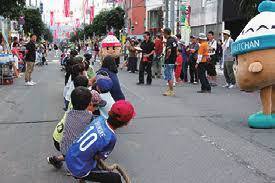
The finale? As befits a true matsuri – a fireworks display that lights up the night sky over Kutchan’s fields and silhouettes the dark outline of Mount Yōtei. For several minutes, radiant fans, streamers, and rosettes flash in the sky, echoing off the mountains and water. It’s a symbolic conclusion – a thank you to the land, the people, and the potato itself for another year of shared joy.
An Event with a Soul
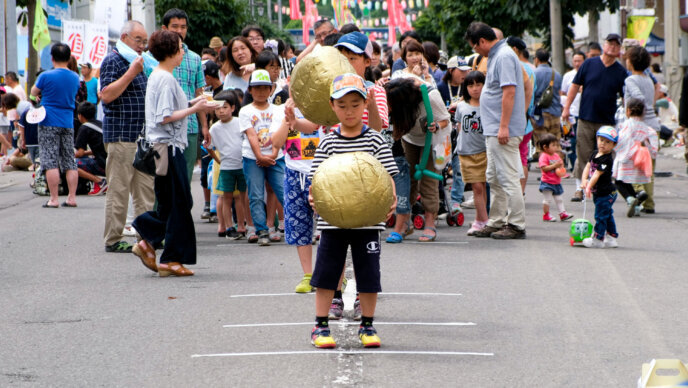
One of the most moving elements is the uchiwa – traditional fans handmade by local students. The best of these have been preserved for decades and are exhibited each year – evoking deep emotions and memories among older residents.
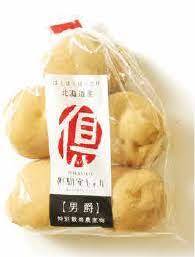
Can a potato be a bridge between cultures? Absolutely. In Poland, we affectionately call it pyra or kartofel; in Japan – with a smile – it’s jaga. In both countries, this unassuming, tuberous companion of meals holds a special place. It may not win any elegance contests, but it wins hearts.
The fact that we celebrate food says a lot about who we are. It is not just a way to feel full – it is an expression of gratitude. For the harvest, for the shared table, for the fact that despite our differences, we can laugh, dance, and… fry potatoes together. In a world of divisions, the potato festival is a joyful affirmation of the ordinary and the shared.

Where? In the town center, mainly on Ekimae Dōri – the main street, closed to traffic and transformed into a festival promenade full of scents and music.
How to prepare? Bring comfortable shoes (there’s a lot of walking and dancing) and light clothing (it will be hot!). It’s worth renting a yukata.
Where to stay? If you’re coming from afar, the best base is Niseko – a ski resort known for its luxury hotels, hot springs, and stunning views. During the festival season, accommodations need to be booked in advance. It’s pricey. You can look for simpler lodging, but in many cases, knowledge of Japanese will be essential.
What to buy? Must-haves include gadgets featuring the potato celebrity pair – Jaga Tarō and Jaga-ko-chan! Also recommended: local potato-based products (chips, cookies), and beautiful, handmade uchiwa fans (they may not be masterpieces, but they’re charming).
>> SEE ALSO SIMILAR ARTICLES:
Rōnin in the Valley of Hell – Noboribetsu on Hokkaido as a Place of Redemption for Fallen Samurai
Bo-Taoshi - A Japanese Team Sport That Breaks Safety Rules and Bones
Daily Life in the Ainu Village of Shiraoi on Hokkaido – Tales by the Iworu Fire
"Strong Japanese Women"
see book by the author
of the page
未開 ソビエライ
An enthusiast of Asian culture with a deep appreciation for the diverse philosophies of the world. By education, a psychologist and philologist specializing in Korean studies. At heart, a programmer (primarily for Android) and a passionate technology enthusiast, as well as a practitioner of Zen and mono no aware. In moments of tranquility, adheres to a disciplined lifestyle, firmly believing that perseverance, continuous personal growth, and dedication to one's passions are the wisest paths in life. Author of the book "Strong Women of Japan" (>>see more)
Personal motto:
"The most powerful force in the universe is compound interest." - Albert Einstein (probably)
Mike Soray
(aka Michał Sobieraj)
未開 ソビエライ
An enthusiast of Asian culture with a deep appreciation for the diverse philosophies of the world. By education, a psychologist and philologist specializing in Korean studies. At heart, a programmer (primarily for Android) and a passionate technology enthusiast, as well as a practitioner of Zen and mono no aware. In moments of tranquility, adheres to a disciplined lifestyle, firmly believing that perseverance, continuous personal growth, and dedication to one's passions are the wisest paths in life. Author of the book "Strong Women of Japan" (>>see more)
Personal motto:
"The most powerful force in the universe is compound interest." - Albert Einstein (probably)
Mike Soray
(aka Michał Sobieraj)
Write us...
Ciechanów, Polska
dr.imyon@gmail.com
___________________
inari.smart
Would you like to share your thoughts or feedback about our website or app? Leave us a message, and we’ll get back to you quickly. We value your perspective!

 くっちゃん – Kutchan, or a valley like a pipe
くっちゃん – Kutchan, or a valley like a pipe じゃが – the potato in its abbreviated and tropical form
じゃが – the potato in its abbreviated and tropical form 祭り – a festival that connects people with gods (and with tubers)
祭り – a festival that connects people with gods (and with tubers)


